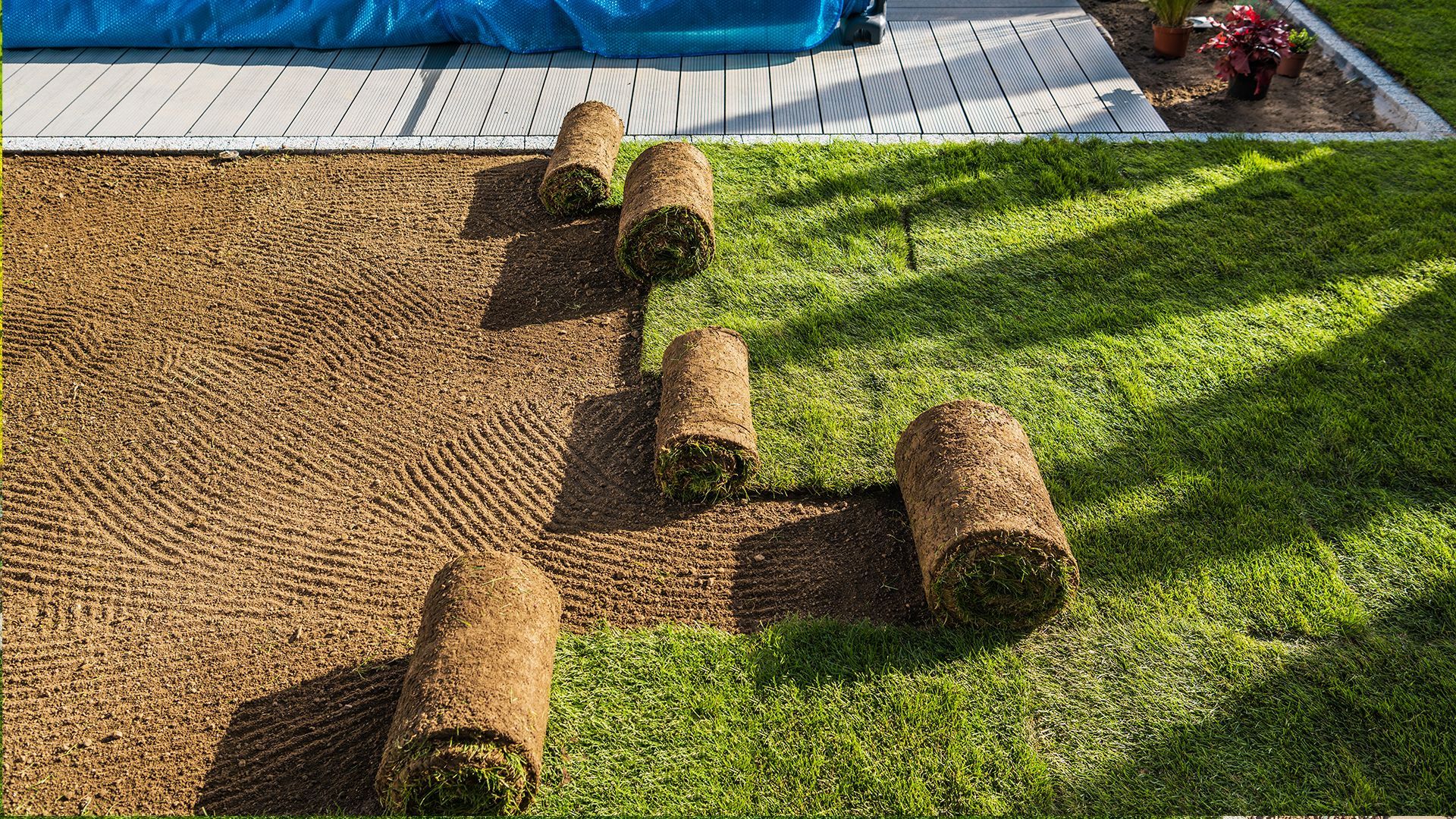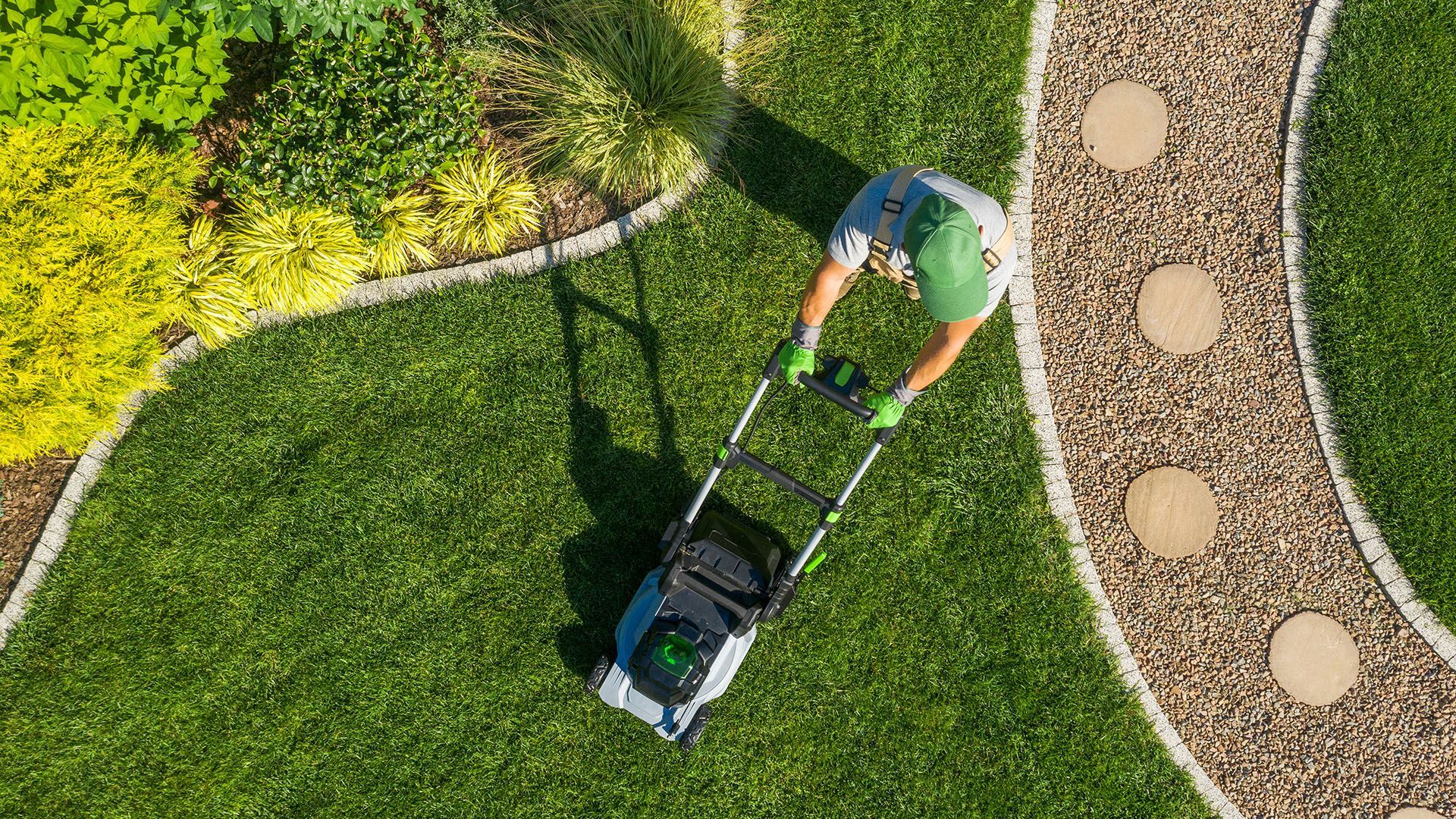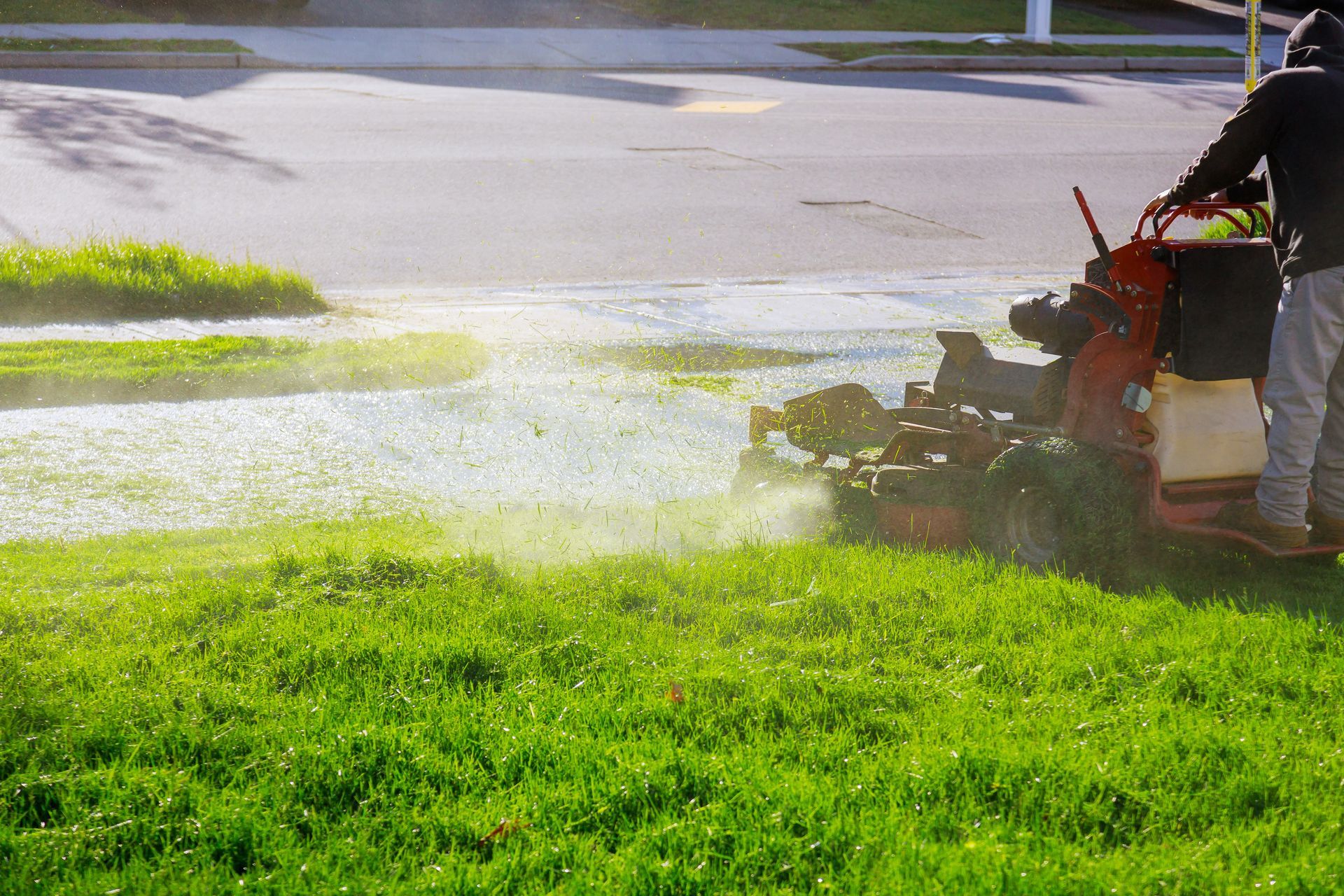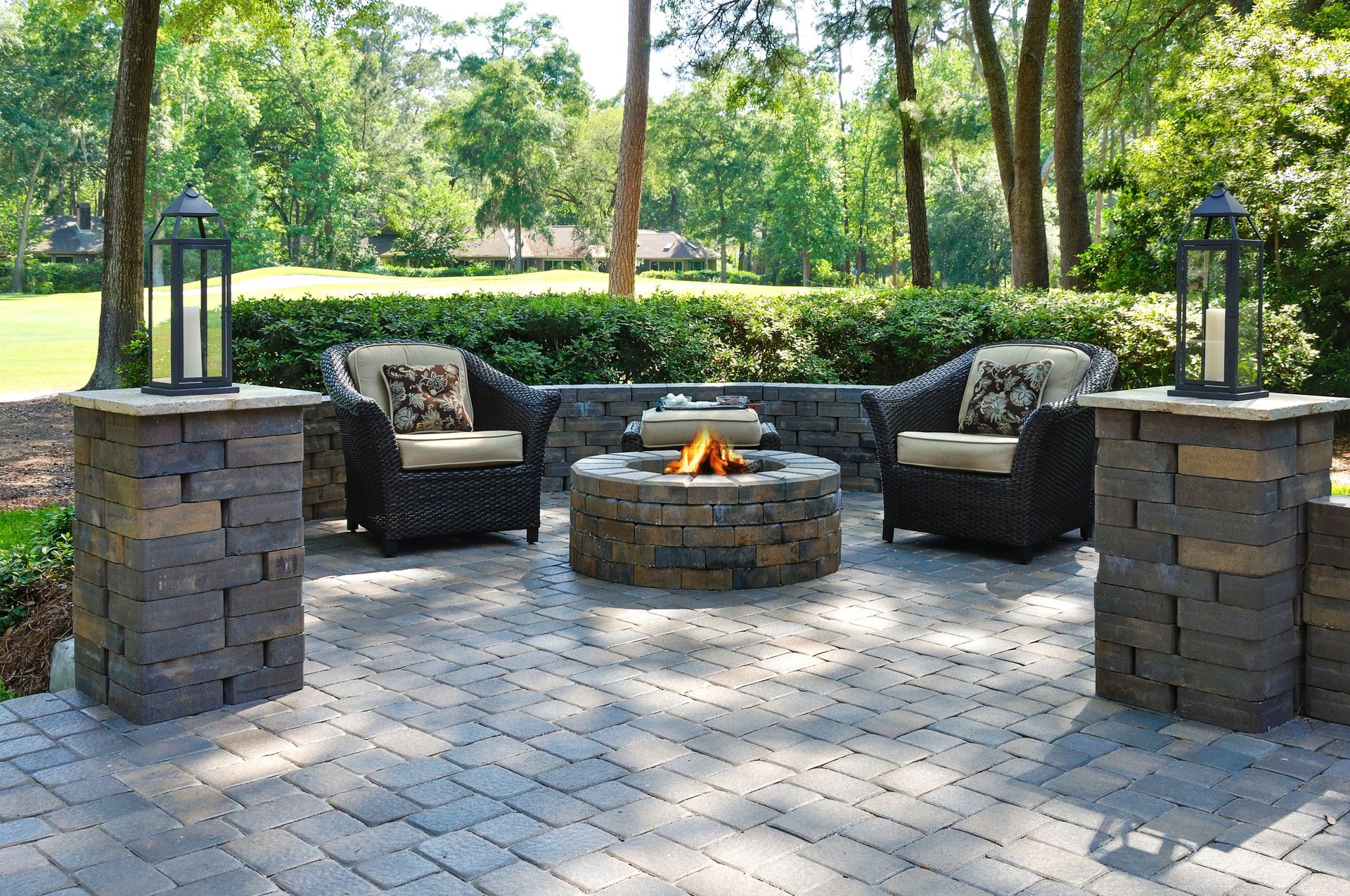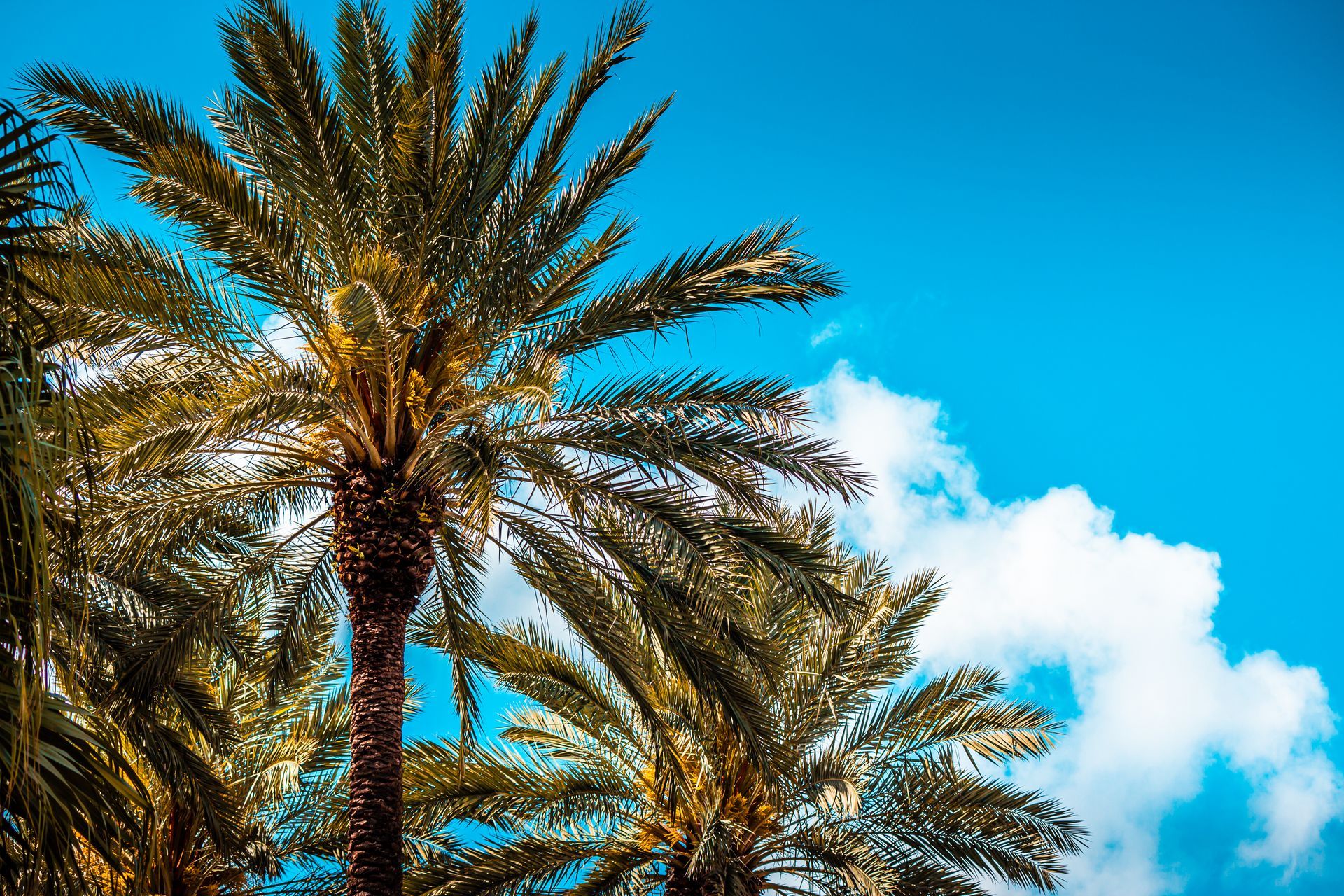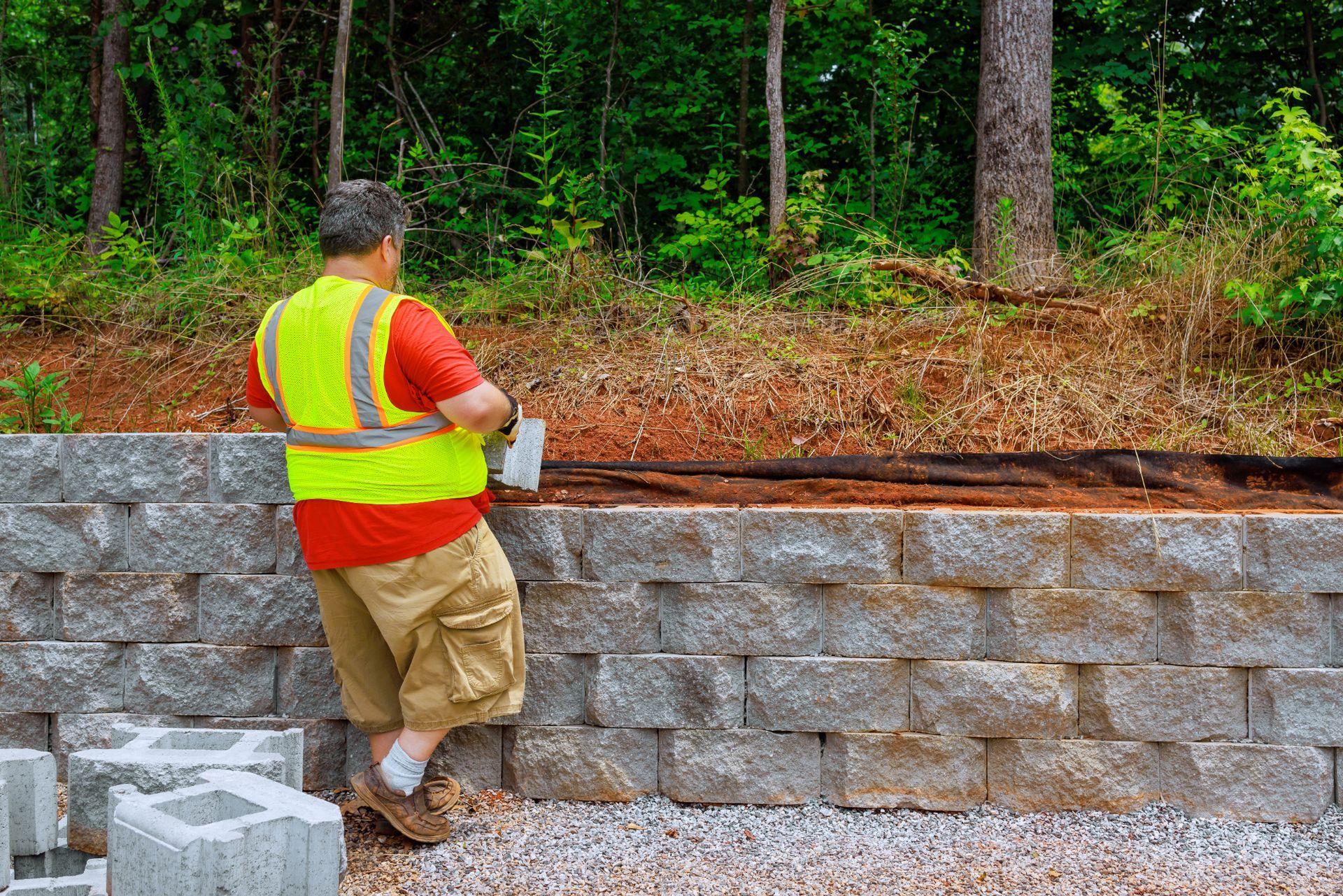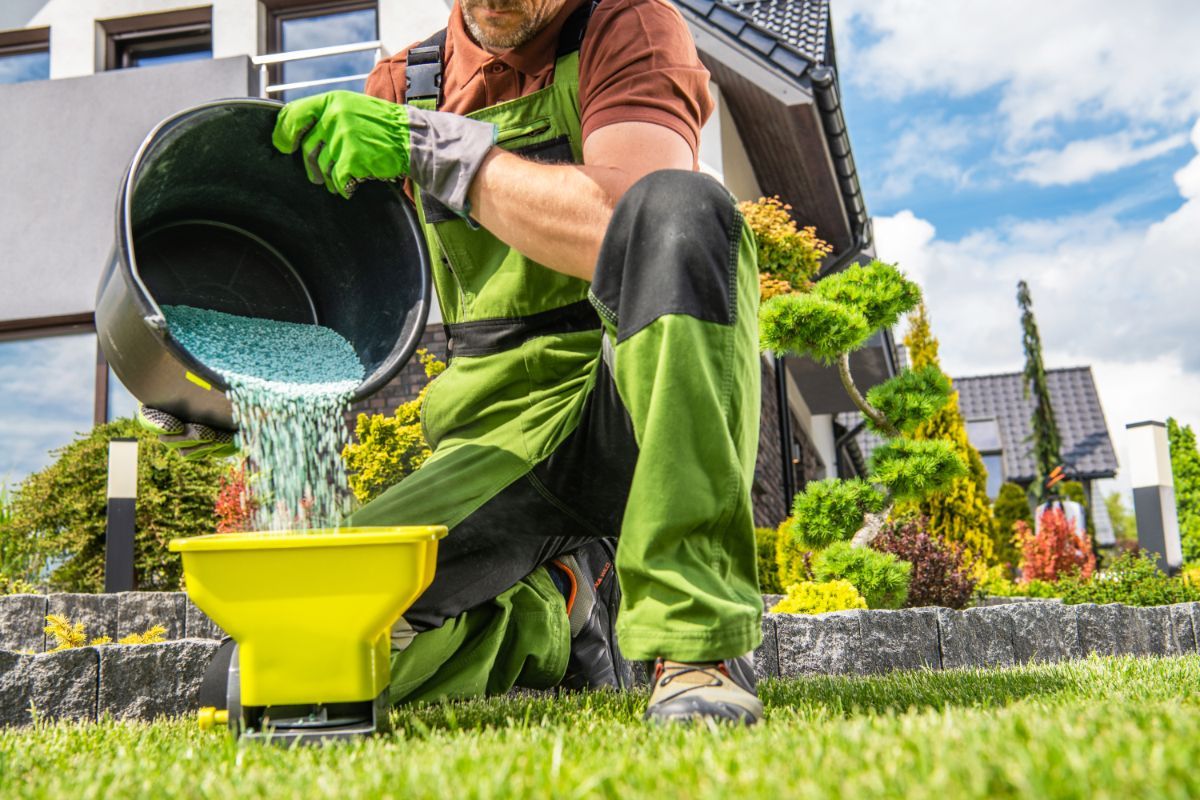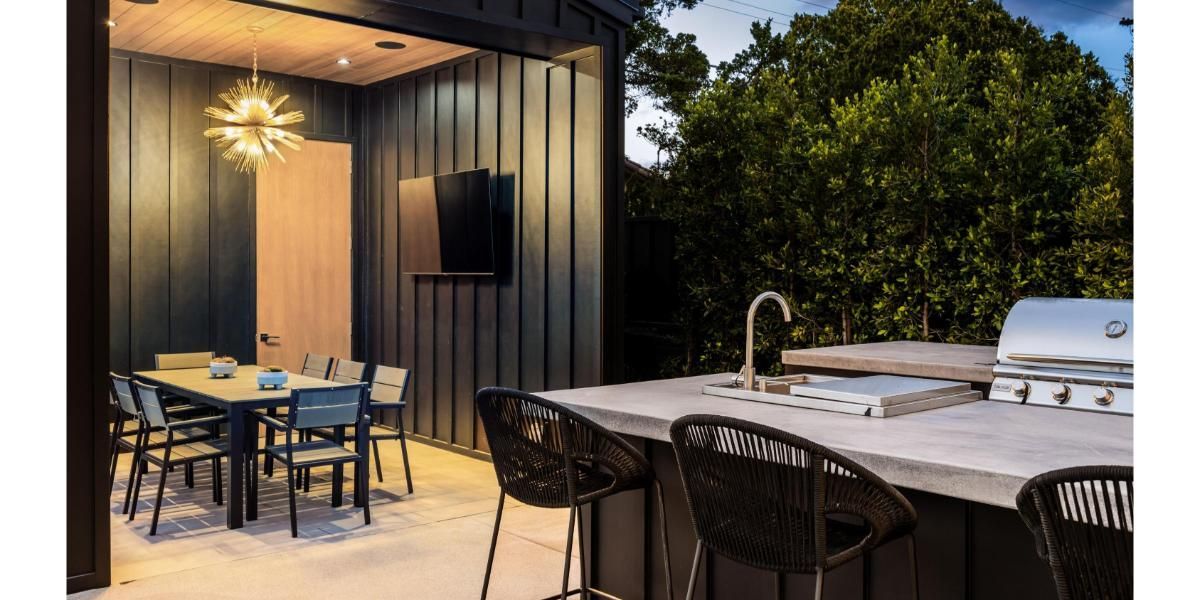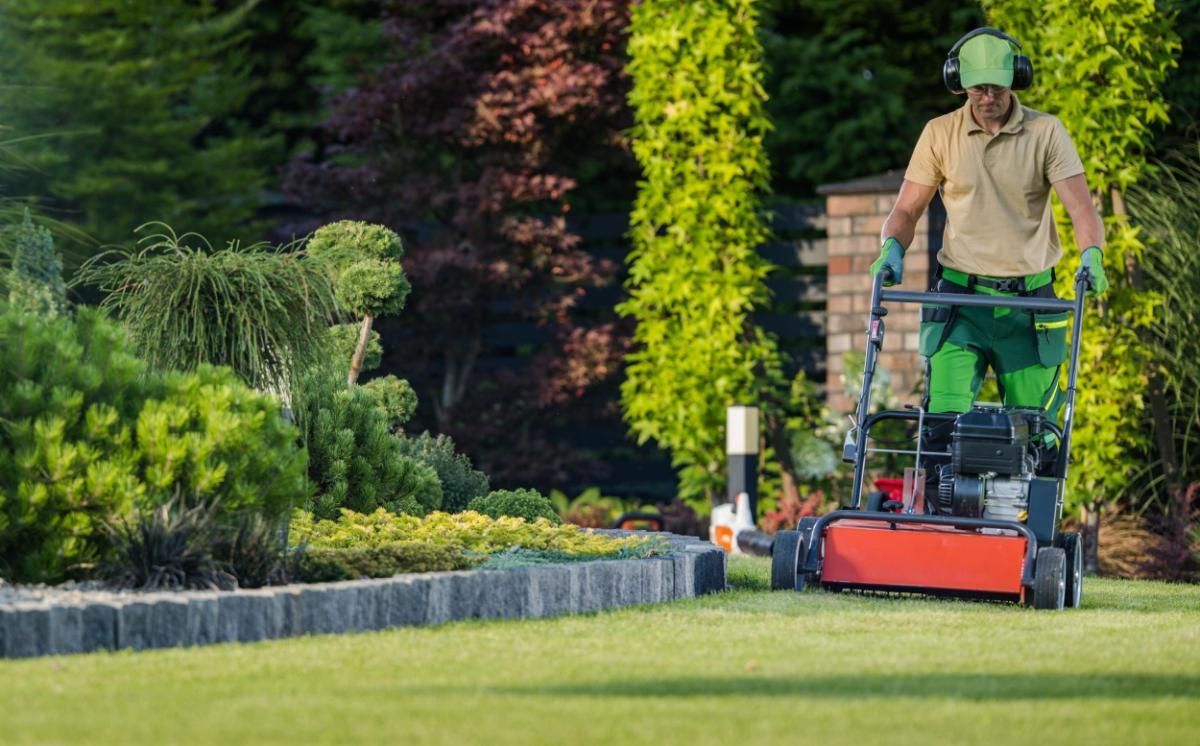What to Plant Next to Your House Foundation: Smart Landscaping Ideas
Choose compact, shallow-rooted, non-invasive plants that match your sun and soil, keep plantings 18–36 inches from the wall, use well-draining soil and 2–3 inches of mulch, and avoid large trees or thirsty plants near the foundation. Favor evergreen structure, add seasonal color with perennials, and design for airflow so moisture doesn’t sit against the house.
Our team at CC Lawn Pros designs, installs, and maintains foundation beds across our service area. We work around real-world challenges like downspouts, grading, utility lines, and pest pressure every day. This guide reflects hands-on experience, industry best practices, and plant choices proven in home landscapes, so you can feel confident your foundation will be both safe and beautiful.
Why It Matters to Choose the Right Plants Near Your Foundation
How Planting Impacts Your Home’s Structure & Curb Appeal
Foundation plantings do more than fill the space by your house. The right choices:
- Protect the structure: Shallow roots reduce risk to footings, pipes, and drain lines.
- Manage moisture: Proper spacing and plant selection help walls dry out after rain.
- Boost curb appeal: Evergreen bones + seasonal color frame doors, windows, and walks.
Common Problems Caused by Poor Plant Selection
- Root pressure: Aggressive roots can push into cracks, drains, or heaving slabs.
- Moisture issues: Plants that need constant water or trap humidity can promote rot, pests, or mold.
- Overgrowth: Oversized shrubs block windows, gutters, and vents, or force costly removals.
- Pest bridges: Dense contact with siding can invite insects and rodents.
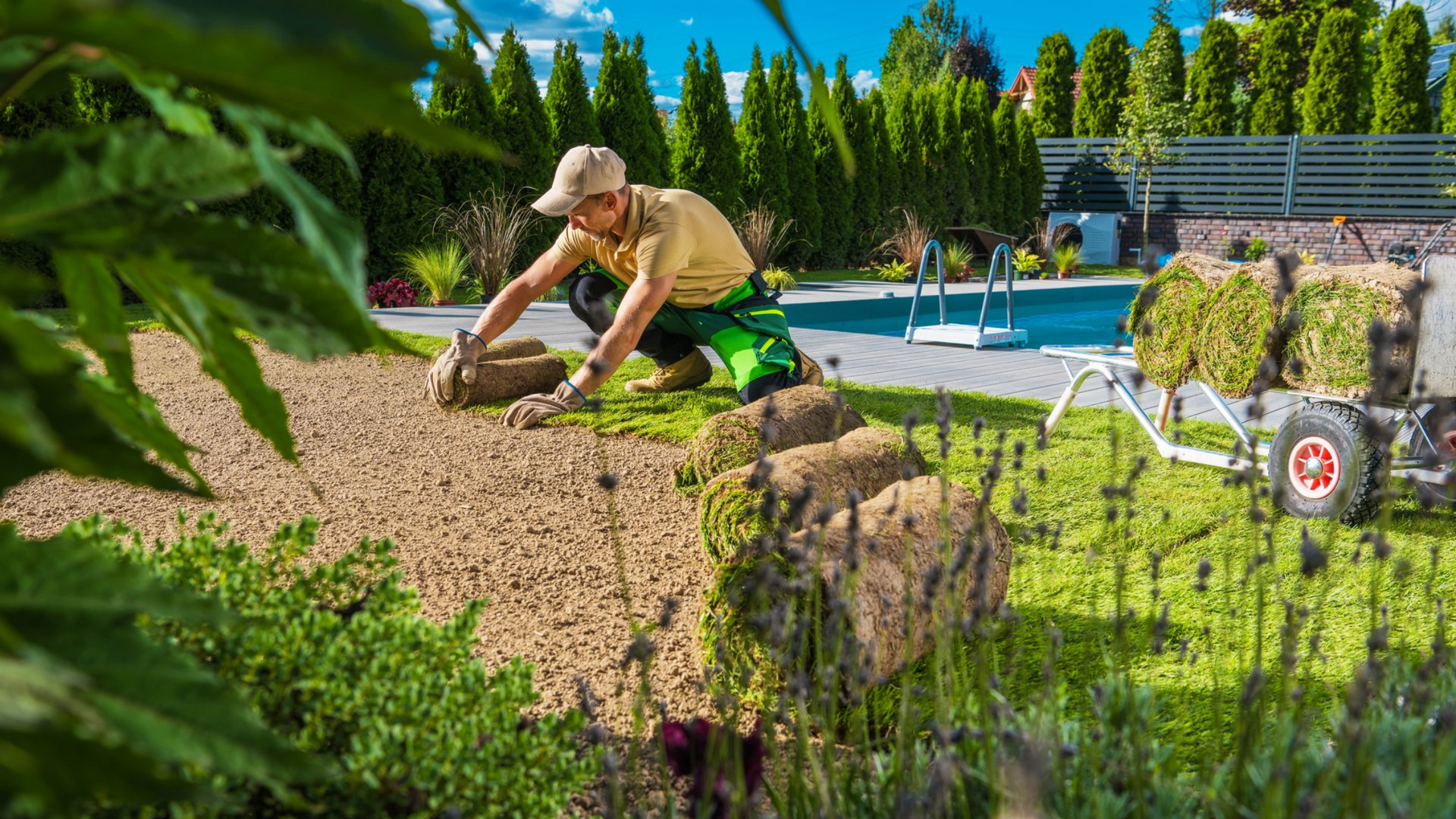
Key Factors to Consider Before You Start Planting
Root Systems and How They Affect Foundations
Look for fibrous, fine root systems rather than big taproots. Plants labeled “non-invasive” or “foundation-friendly” are safer. Avoid species known for seeking water lines or expanding aggressively.
Mature Size, Growth Rate & Proportions
Plan for the plant at full size, not in the nursery pot. As a rule:
- Keep plants
at least half their mature width away from the wall.
- Choose
compact cultivars (“dwarf,” “mini,” “compact”) to reduce pruning.
- Keep window sightlines clear: pick heights that
stay below the sill in front beds.
Soil Drainage, Water Needs and Sun Exposure
- Drainage: Foundations need
fast-draining soil. Blend compost + coarse material if soil is heavy.
- Water needs: Group plants with similar needs so you don’t overwater one area.
- Sun: South/west sides are hotter; north/east can be cooler and shadier. Match plants to conditions.
Distance from Foundation and Airflow Clearance
- Baseline clearance: Plant most shrubs
18–36 inches from the wall; more for larger forms.
- Airflow gap: Maintain
6–12 inches between foliage and siding to let walls dry.
- Mulch edge: Keep
mulch 2–3 inches deep, pulled 3 inches back from the foundation to discourage pests and rot.
Best Types of Plants to Use Next to Your House
(Selections emphasize root-safe plants for homes, low-maintenance foundation plants, and options for both sun and shade. Always confirm hardiness for your region.)
Low-Growing Shrubs and Compact Plants
Evergreen structure (great for year-round curb appeal):
- Boxwood (compact or blight-resistant cultivars): Dense, shallow roots; good for neat lines.
- Dwarf holly (soft-leaf or inkberry ‘Compacta’ types): Tidy form, holds shape with light pruning.
- Dwarf yew (where hardy): Slow growth, elegant texture; avoid waterlogged spots.
- Dwarf conifers (e.g., ‘Nana’ varieties of juniper or hinoki cypress): Stay small, architectural.
- Pieris or small azaleas (for acid soils): Choose compact forms; protect from reflected heat.
Flowering/foliage interest (front-of-bed stars):
- Dwarf spirea: Spring bloom, easy care, responds well to renewal pruning.
- Dwarf hydrangea (e.g., ‘Little Lime’, ‘Bobo’): Big bloom with smaller footprint; give room to mature.
- Abelia (compact forms): Long bloom window, pollinator friendly, glossy leaves.
- Nandina (dwarf, sterile cultivars): Colorful foliage; choose non-invasive selections.
Groundcovers and Ornamental Grasses
Groundcovers (to knit the bed, reduce weeds):
- Creeping thyme or woolly thyme (sun): Aromatic, low water, soft look around stones.
- Ajuga or lamium (part shade): Colorful foliage mats; control spread with edging.
- Sedum/stonecrop (sun): Succulent leaves, drought tolerant, great along drip edge.
Ornamental grasses (movement + texture):
- Dwarf fountain grass (compact cultivars): Soft plumes, tidy clumps, avoid invasive species.
- Blue fescue: Small, mounded, cool-toned foliage for modern looks.
- Little bluestem (smaller selections): Upright form, stunning fall color; prefers drier soils.
- Carex (sedges) for shade: Fine texture, many stay compact and tolerate moisture.
Perennials and Small Accent Trees for Foundation Beds
Perennials (seasonal color without deep roots):
- Hosta (shade) and
heuchera/coral bells: Foliage interest; combine for depth.
- Daylily (sun): Hardy, clumping habit; choose reblooming or compact varieties.
- Salvia, catmint, coneflower (sun): Long bloom for pollinators; cut back to refresh.
- Astilbe (shade to part shade): Feathery flowers, likes consistent moisture but not soggy soil.
Small accent trees (use sparingly, give space):
- Dwarf Japanese maple: Elegant canopy, shallow roots; keep
3–6 feet from wall.
- Serviceberry (multi-stem, compact cultivars): Four-season interest; site for airflow.
- Crape myrtle (dwarf forms): Showy summer flowers; choose true dwarfs for small beds.
Plants to Avoid Close to Your Foundation
Aggressive Roots and Large Shade Trees
Skip species known for strong, searching roots or eventual massive size:
- Willow, poplar, silver maple, cottonwood, river birch
- Large oaks or elms right by the house (fine in the yard, not at the wall)
- Bamboo (running types) unless fully contained with barrier, better away from foundations
High Water Demand Plants That Create Moisture Fluctuations
Plants that need constant irrigation or like wet feet can swing soil moisture near the wall and stress materials. Keep these well away or on separate irrigation zones with careful monitoring.
Vines or Creepers that Attack Walls or Trap Moisture
English ivy, Virginia creeper, and self-clinging vines can pry into mortar or trap moisture on siding. If you love vines, use a free-standing trellis with 4–6 inches of standoff from the wall and keep vines pruned off the structure.
Landscaping & Maintenance Tips for Foundation Plantings
Proper Bed Design and Plant Placement Strategy
- Layer from low to high: Groundcovers in front, compact shrubs mid-bed, and any accent forms farthest from the wall.
- Mind doors/windows: Keep plant heights below sills; leave space under eaves and around meters/vents.
- Symmetry near entries; natural drifts elsewhere: This balances formality at the door with softer lines along the facade.
- Irrigation plan: Drip is best for foundations, less splash on siding, deeper roots, fewer weeds.
Soil Preparation, Mulching & Drainage Considerations
- Grade first: Ensure soil slopes
away from the house (at least 1 inch per foot for 5–10 feet).
- Amend smartly: Mix in compost for structure; add coarse sand/fines only when needed for drainage.
- Mulch right: 2–3 inches of
shredded mulch or fine bark; keep it off the foundation and off plant crowns.
- Downspouts: Extend 6–10 feet away or into drains; plant moisture-tolerant species along splash zones (e.g., sedges).
Ongoing Care: Pruning, Monitoring Growth and Adjusting Over Time
- Annual check: Confirm foliage isn't touching siding;
prune lightly to maintain airflow.
- Right-size, don’t fight: If a plant outgrows the space,
replace with a compact cultivar, don’t wage a pruning war.
- Weed/edge twice a season: Clean edges and top up mulch to keep beds sharp and low-maintenance.
- Inspect after storms: Look for erosion under downspouts and adjust splash blocks or drains.
Bringing It All Together: Smart Planting for a Safe, Beautiful Foundation Border
A Sample Planting Layout Idea
Goal: Low-maintenance, four-season interest for a sunny front foundation (approx. 6–7 feet deep bed).
- Back row (3–4 feet from wall):
- 3 ×
Dwarf hydrangea ‘Bobo’ (or similar) spaced 3–4’ apart for summer bloom.
- 2 ×
Dwarf conifer (Hinoki ‘Nana’ or compact juniper) at corners for evergreen structure.
- Mid row (2.5–3 feet from wall):
- 5 ×
Dwarf spirea in a loose arc for spring color and fall foliage.
- 3 ×
Abelia (compact cultivar) staggered for long bloom and pollinators.
- Front row (1.5–2 feet from edge):
- Groundcover band of
creeping thyme (sunny, dry) or
sedum near edging stones.
- Perennial pockets: 5–7
catmint or
salvia for repeat color; interplant with
coneflower for mid-summer.
- Accents:
- Blue fescue clumps in front of downspouts for texture.
- Decorative rock splash zone under downspouts with sedum to handle runoff.
For shade versions: Swap hydrangea to ‘Little Lime’/‘Invincibelle’ (part sun) or compact azaleas; use hosta, heuchera, and carex in the front/mid rows.
If you want a made-for-your-home plan, matched to your soil, sun, and style,
CC Lawn Pros can help. We'll design a foundation-friendly, low-maintenance planting that protects your home and looks great all year. Get a quick consultation and we'll map out the right plants, proper spacing, and a maintenance plan that fits your schedule.


